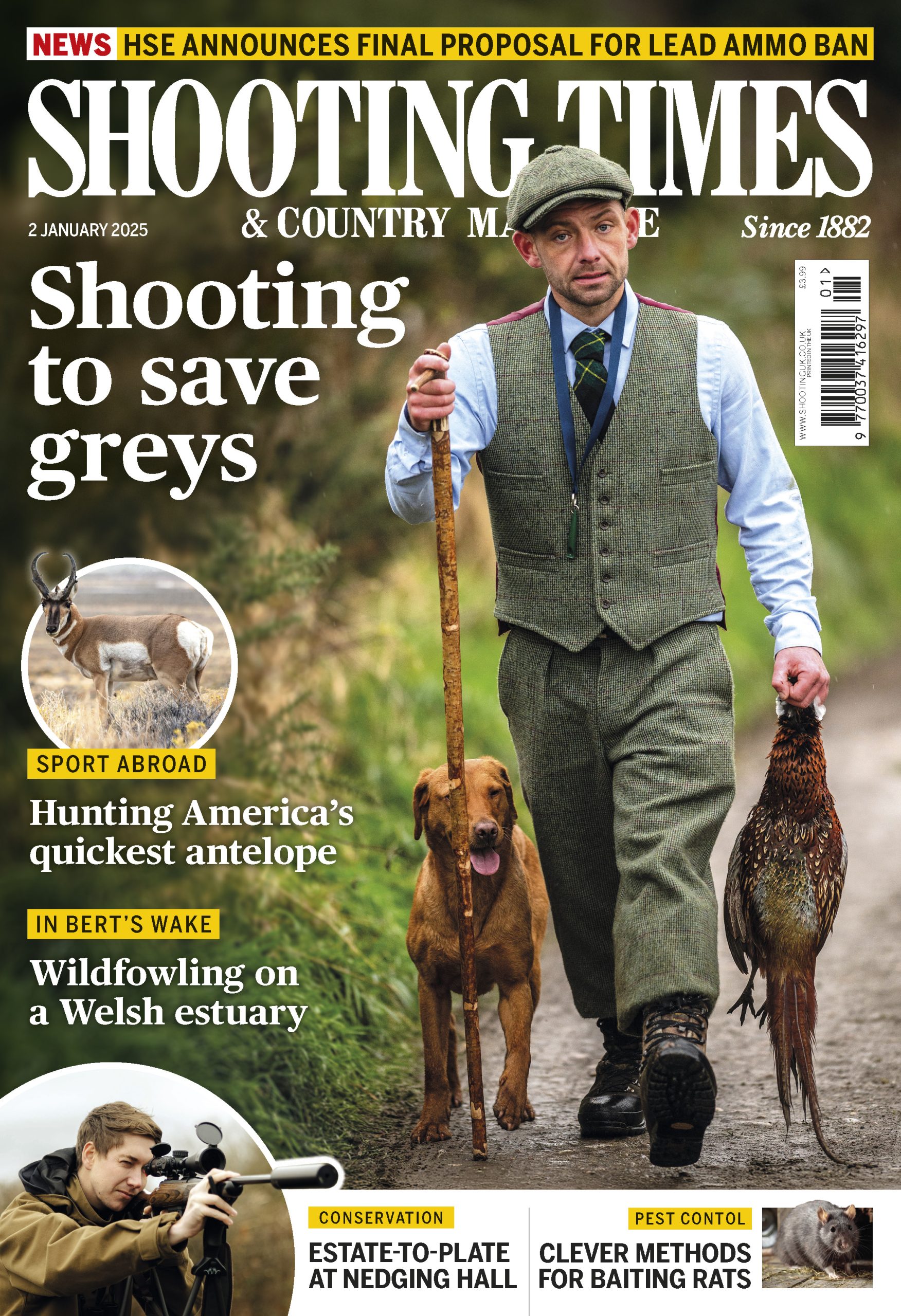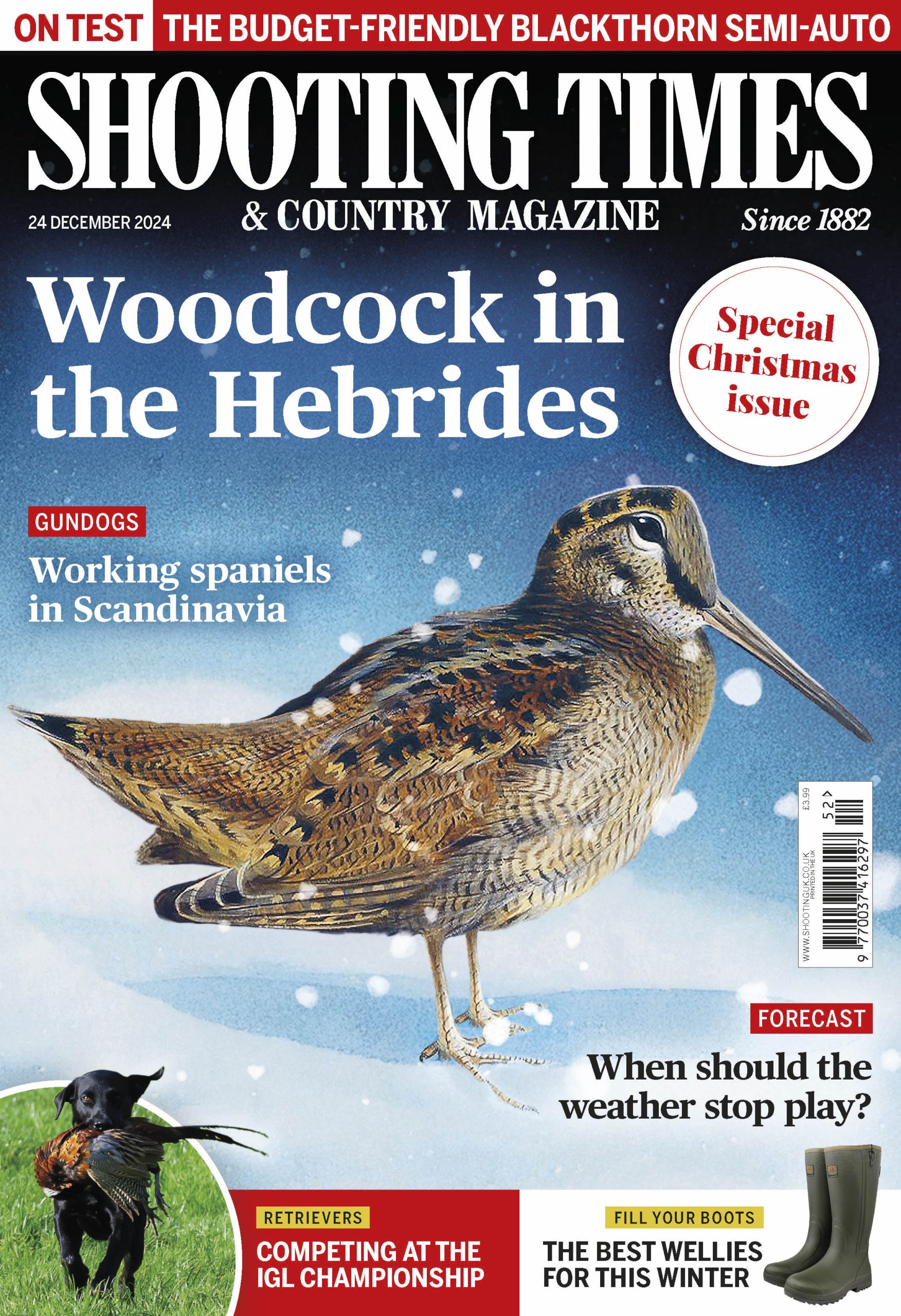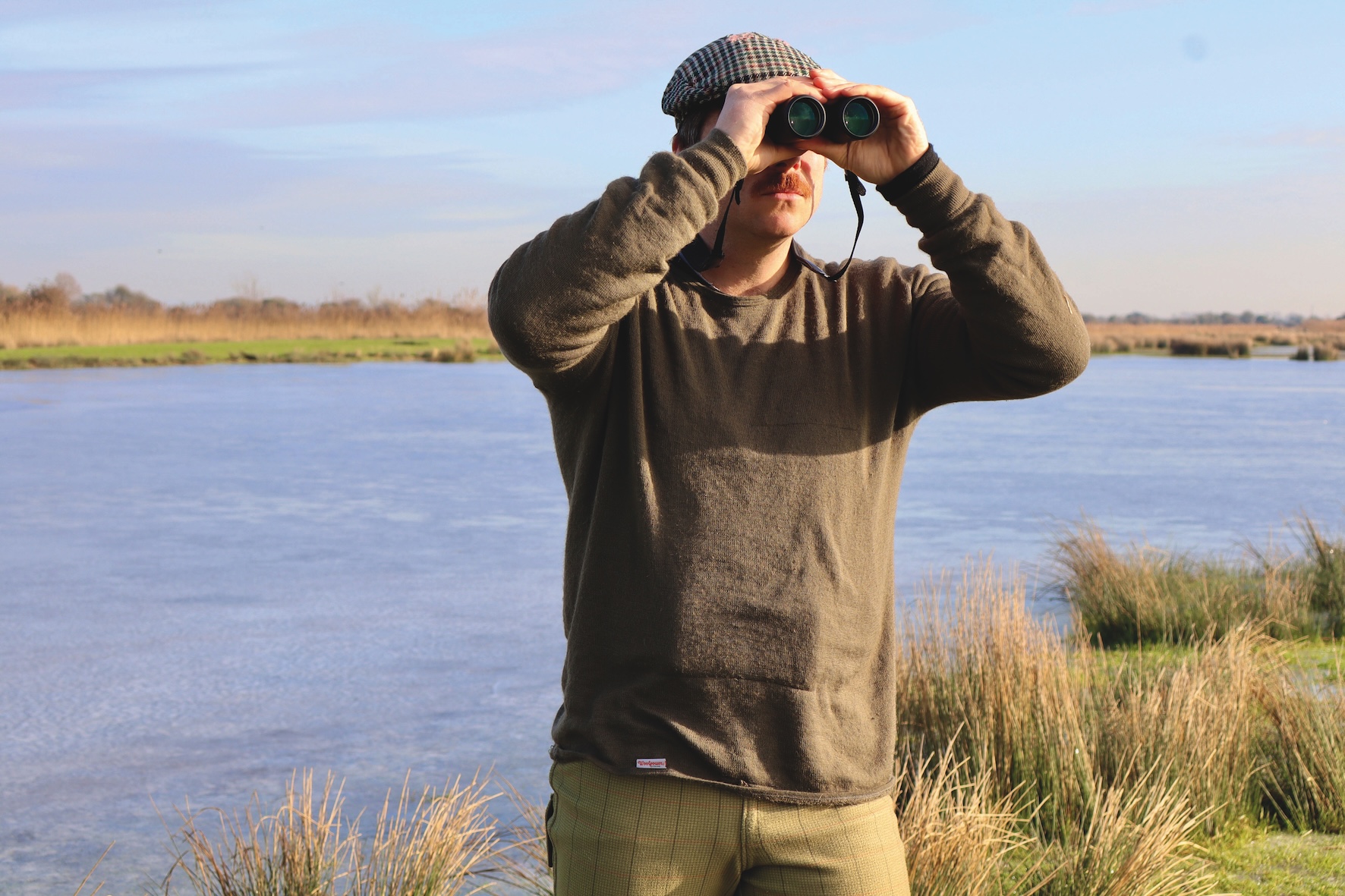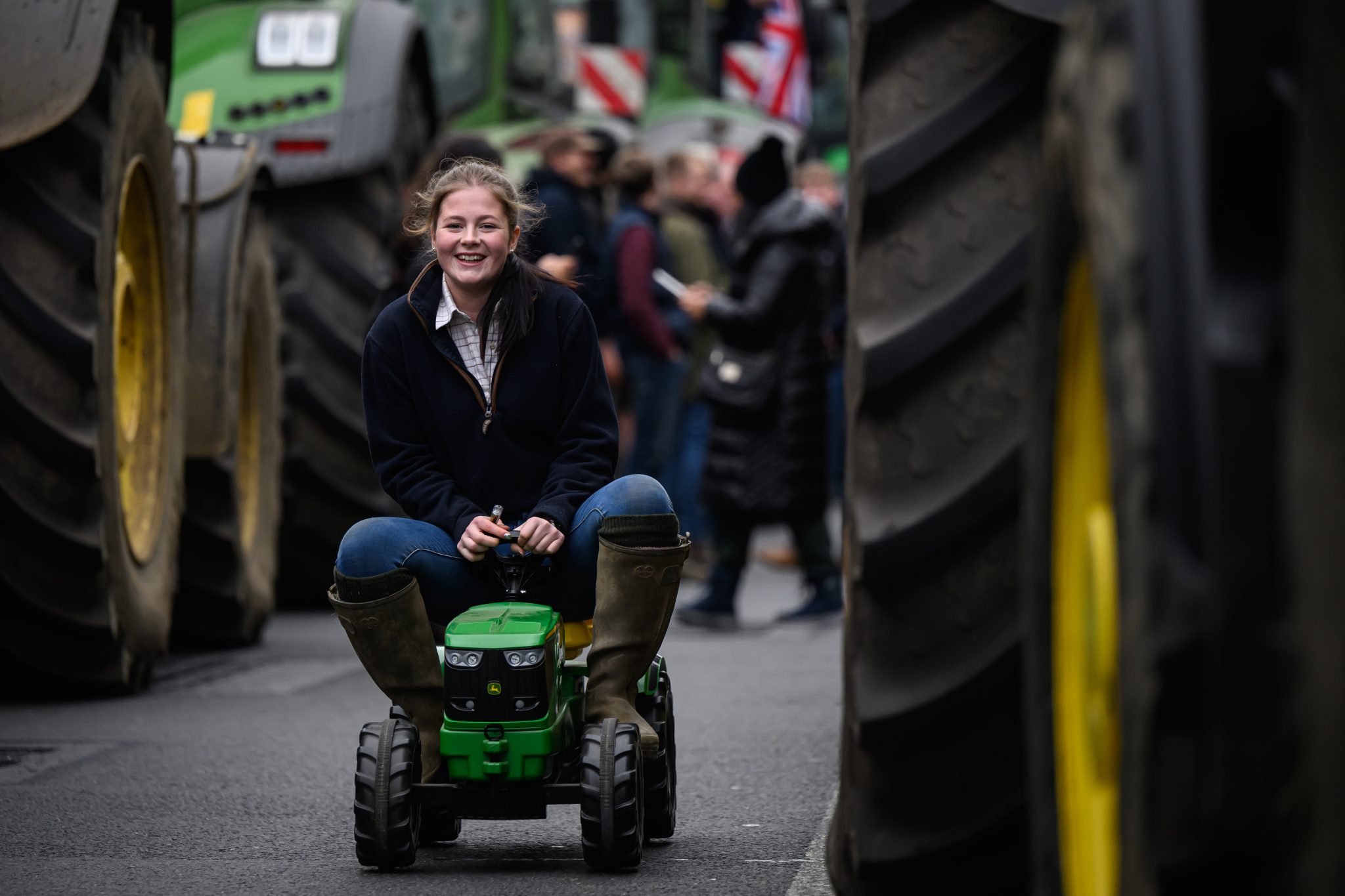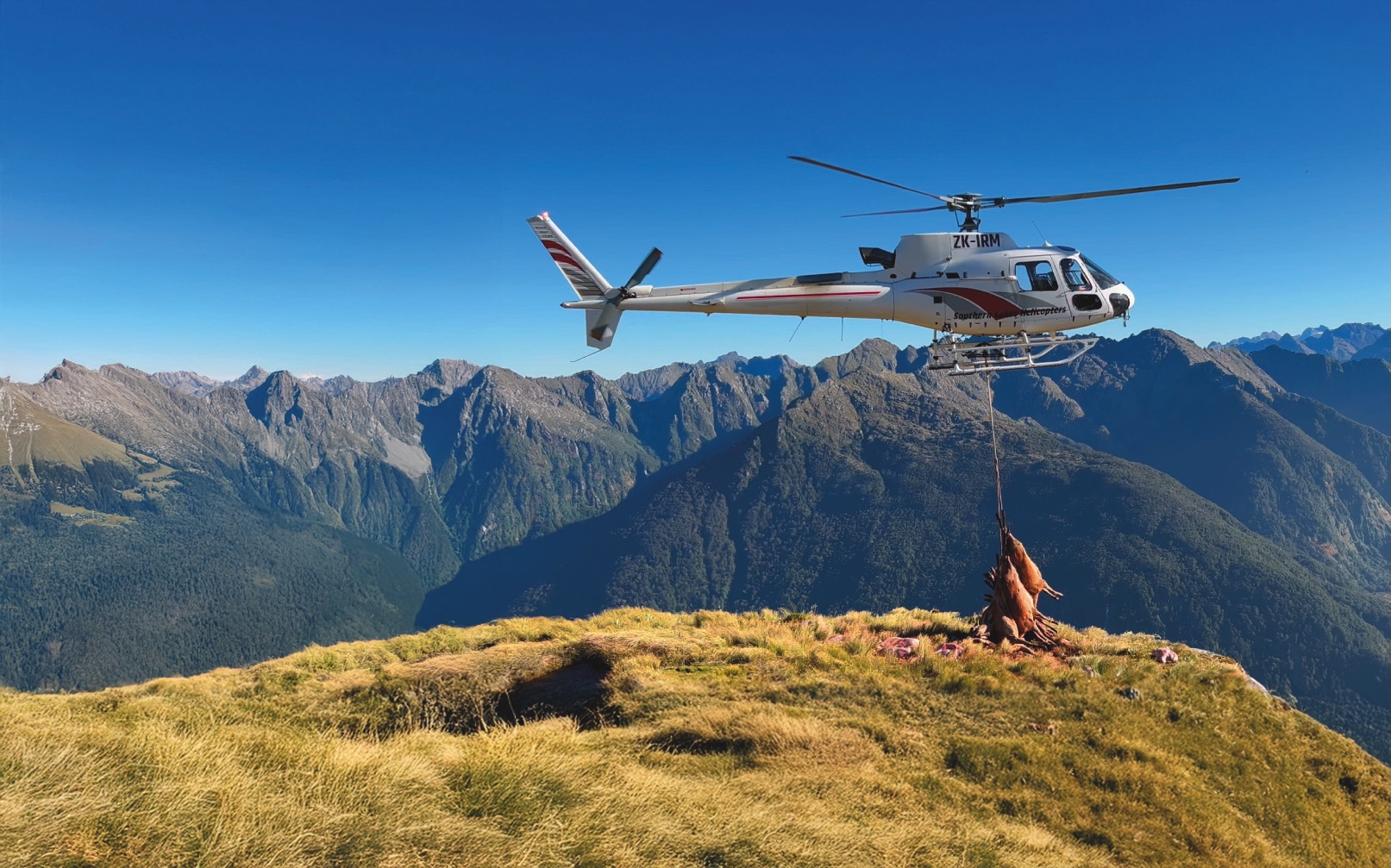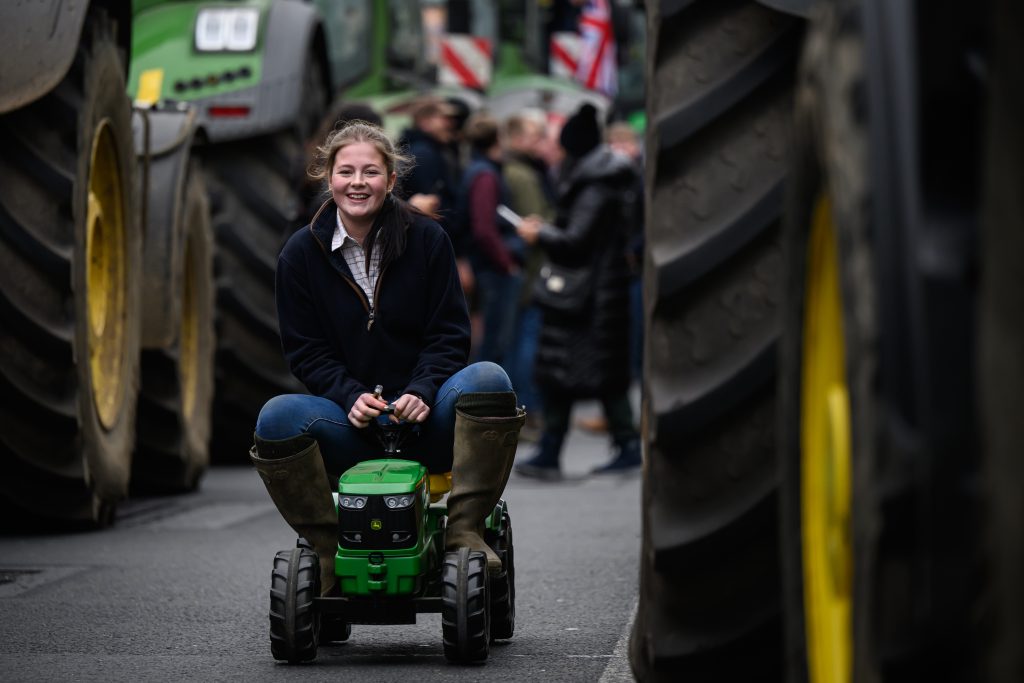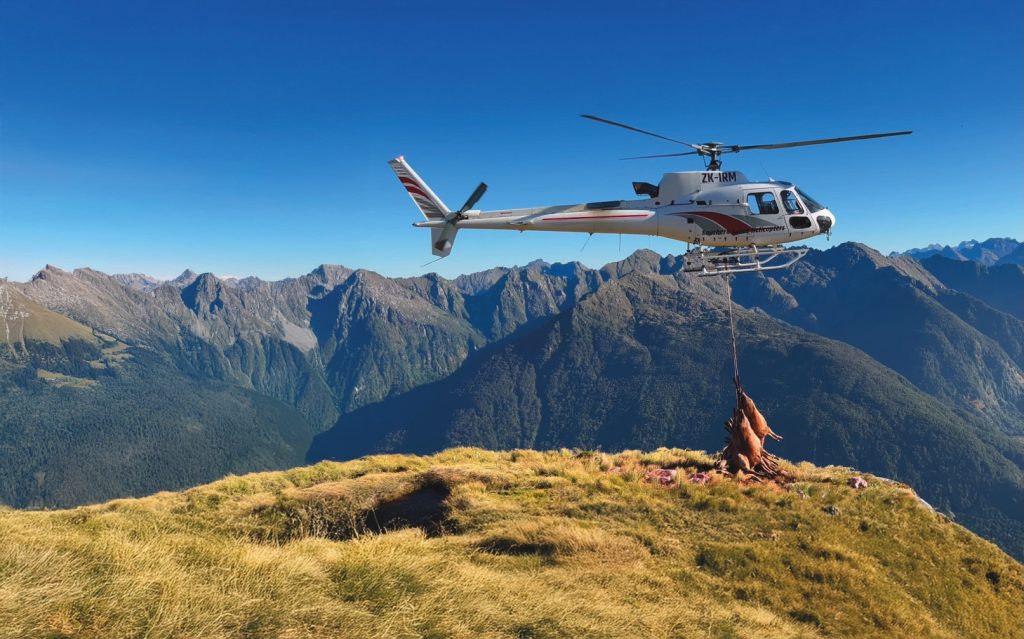Win CENS ProFlex DX5 earplugs worth £1,149 – enter here
Growing deer population blamed for native bird decrease
Results from a new bird survey, highlighting a decline in native bird species, point the finger at browsing pressure from deer and the changing nature of our woodlands.
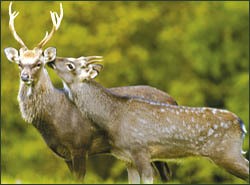
The changing nature of the UKs woodland and increasing browsing pressure from growing deer populations are contributing to a dramatic decline in numbers of some specialist woodland bird species such as the spotted flycatcher – according to results of the latest UK Breeding Bird Survey (BBS).
The findings were published last Thursday after nearly 3,000 volunteers counted more than a million individual birds of 220 species on behalf of the British Trust for Ornithology (BTO), the Joint Nature Conservation Committee and the RSPB.
Since the first annual BBS in 1994, recorded numbers of several woodland species have dropped dramatically. These include the willow tit (down 77%), the spotted flycatcher (down 59%), the wood warbler (down 57%) and the pied flycatcher (down 54%).
Loss of woodland habitat was not identified as a contributing factor in these declines, since wooded areas in the UK are actually expanding.
However, the tree composition and age structure of our woodlands has changed over recent decades and it is thought increased pressure from the deer population browsing away the under-storey vegetation has contributed to the birds decline.
What is YOUR opinion? How are rising amenity prices affecting you?
Join other ST readers in our forums to discuss your views.
Like this article? Mark this page on a social bookmarking website…
Related Articles
Get the latest news delivered direct to your door
Subscribe to Shooting Times & Country
Discover the ultimate companion for field sports enthusiasts with Shooting Times & Country Magazine, the UK’s leading weekly publication that has been at the forefront of shooting culture since 1882. Subscribers gain access to expert tips, comprehensive gear reviews, seasonal advice and a vibrant community of like-minded shooters.
Save on shop price when you subscribe with weekly issues featuring in-depth articles on gundog training, exclusive member offers and access to the digital back issue library. A Shooting Times & Country subscription is more than a magazine, don’t just read about the countryside; immerse yourself in its most authoritative and engaging publication.
